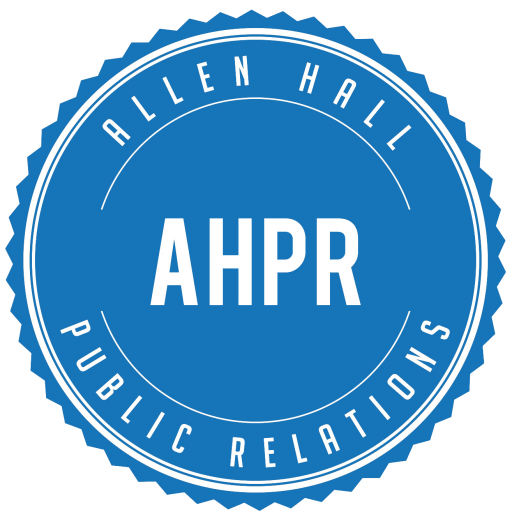This month as you know, is Asian American and Pacific Islander Heritage Month. May 7, 1843, is dated to be the first arrival of Japanese immigrants to the U.S., and May 10, 1869, is the date where the golden spike drove into the Transcontinental Railroad completed by Chinese laborers. And of course, more(Read: https://asianpacificheritage.gov/about/ for more info). In May, we, Allen Hall Public Relations celebrate our important AAPI firm members.
Lindsay Andrus is a fourth-year advertising and public relations major. At AHPR, she works as an Account Supervisor for the AAUW of Oregon account. 
Lindsay was adopted by her parents from Hangzhou, China at ten months old. Growing up in a predominantly white neighborhood, her parents have made an effort to surround her with Chinese cultures from food, music to people; including her childhood best friend, Lucie, who is from the same orphanage as Lindsay. “Every year around Chinese New Year, I would give a presentation to my class about China and I would wear my Qipao and bring in red envelopes and Chinese food,” she shares. She has always been and will be proud of her heritage, and being an adoptee.
Now more than ever she has known, the xenophobia against the AAPI community is increasing. When asked about what she hopes people will take away from AAPI Heritage Month, she said, “that people will take the time to learn about the intersectional forces that have positioned Eastern Asians especially, in this socially constructed idea that is the ‘model minority.”
So, what is the Model Minority Myth? The myth emerged both during World War II and again in the 1960s. During the Civil Rights movement, Black Americans called for changes within institutional racism and movement for justice. And among the sea of activists, Asian-Americans joined too. However, to create the narrative, the Model Minority Myth was created. Mainstream magazines and media began featuring the “Whiz Kids,” Asian-American children who are successful, with a successful family to create the narrative that some minorities are succeeding in America (Read more about the model minority myth here).
Lindsay discussed that the myth has allowed microaggressions to be brushed off as jokes and excused various forms of racism; including the history of mass lynchings, internment camps, depiction in cinema and more. And the stereotypes and narratives have created tension between AAPI and BIPOC communities. This is another very important reminder that unlearning can be a step towards building a better society.
Lindsay was drawn to the field of PR for its power to enact positive change through storytelling. Which she already has begun through our informative discussion in this article. Looking back at her time at the University of Oregon as an advertising and PR student, she raised a course taught by the School of Journalism and Communication’s Assistance Professor, Dean Mundy. Learning about the need for diversity at the table intrigued Lindsay. “It motivated me to help shift an industry that has been saturated by the same viewpoint, which could benefit from opening up the table to under-represented and misrepresented groups of people.”
Graduating this spring from the UO, Lindsay will continue her work as an executive assistant for the founder and CEO of Tea Bar located in Portland, Oregon. While working at Tea Bar, she is eagerly seeking internship positions, hoping to one day work in a big city like New York, Los Angeles and Boston. We are so proud of you, Lindsay.
Article by: Ayaka Takeuchi
Allen Hall Public Relations
Communications Director

Super interesting! When I took African American History this past fall term we talked about how the model minority myth was created and a ton of propaganda made to divide the AAPI and Black communities so they would pose less of a threat to white supremacy. Insane what this country will do to maintain white supremacy!